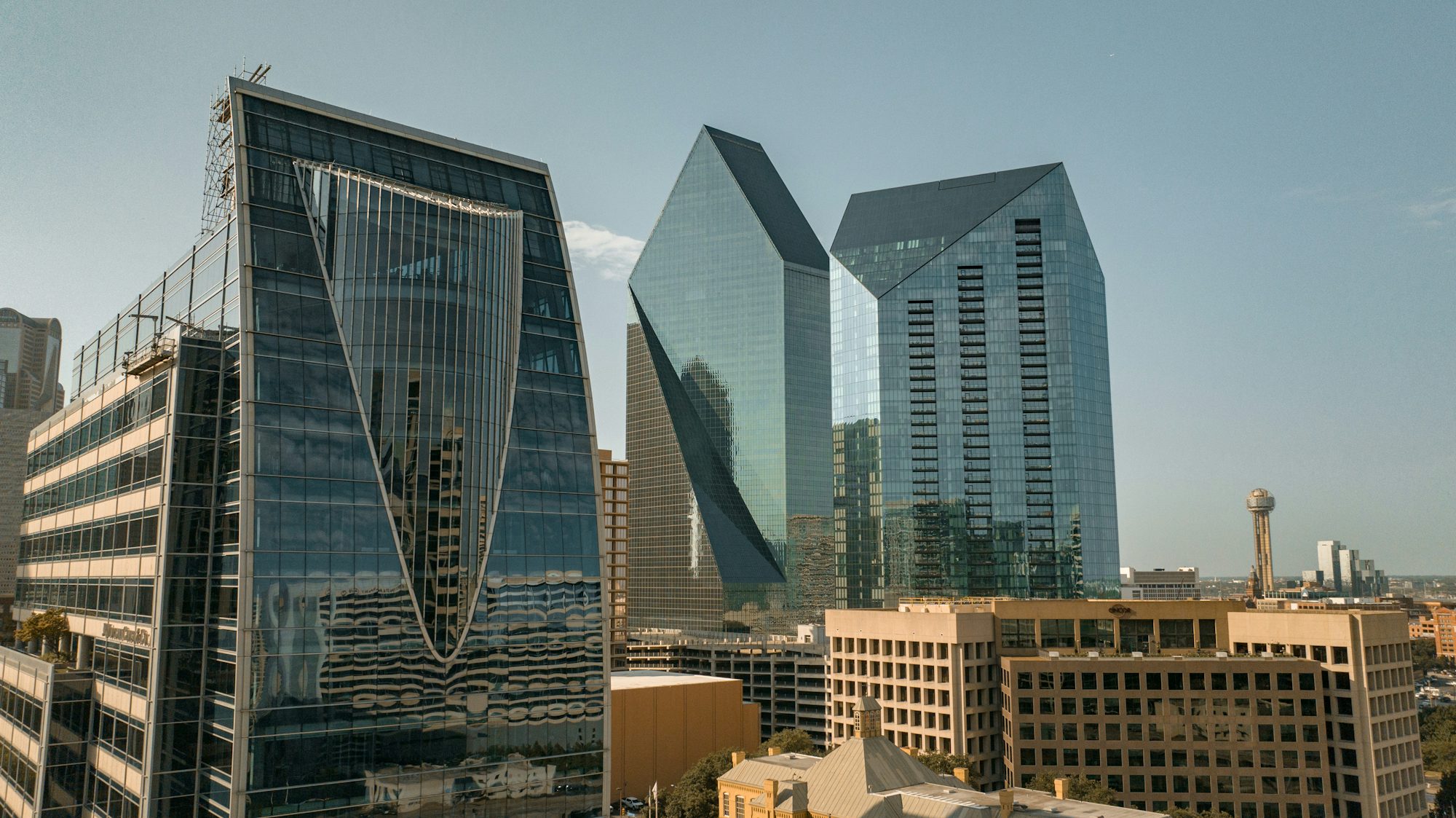In the contemporary urban landscape, skyscrapers stand as towering testaments to human ingenuity and economic ambition. These architectural giants not only define city skylines but also serve as pivotal elements in driving urban innovation and economic growth. From commercial and residential skyscrapers to mixed-use developments and iconic landmarks, each type contributes uniquely to the urban fabric, shaping the way cities function and thrive. Commercial skyscrapers are essential to the economic vitality of urban areas. They house a multitude of businesses, from startups to multinational corporations, creating bustling environments that foster collaboration and innovation. Iconic structures like the Bank of China Tower in Hong Kong illustrate how these buildings can become central hubs of economic activity, attracting talent and investment. The strategic placement of commercial skyscrapers in business districts enhances accessibility, allowing companies to thrive in proximity to their clients and partners. Moreover, advancements in architectural design and technology have transformed commercial skyscrapers into efficient, sustainable spaces. Features such as energy-efficient systems, smart technologies, and eco-friendly materials not only reduce operational costs but also contribute to a healthier urban environment. As cities continue to grow, the demand for residential skyscrapers has surged, providing solutions to housing shortages in densely populated areas. These high-rise buildings offer diverse living options, catering to various demographics and lifestyles. Developments like the One World Trade Center in New York City demonstrate how residential skyscrapers can integrate luxury living with breathtaking views and essential amenities. By enhancing urban density, these buildings support local businesses and contribute to the overall vibrancy of their neighborhoods. The presence of residential skyscrapers also plays a significant role in increasing property values, stimulating further investment in surrounding areas. Hotel skyscrapers represent a fusion of hospitality and urban development, catering to both business and leisure travelers. These towering establishments, such as the Ritz-Carlton in Chicago, provide high-quality accommodations and a range of amenities, including restaurants and conference facilities. By attracting visitors, hotel skyscrapers generate substantial revenue for local economies while fostering a sense of place in urban environments. The financial success of hotel skyscrapers is often linked to their prime locations, enhancing the overall appeal of the city as a travel destination. Mixed-use skyscrapers have emerged as innovative solutions to the challenges of urban living. By integrating residential, commercial, and recreational spaces within a single structure, these buildings create vibrant communities that encourage interaction and engagement. Projects like the Hudson Yards development in New York exemplify how mixed-use skyscrapers can transform underutilized areas into thriving urban centers. This holistic approach to urban design not only enhances the quality of life for residents but also stimulates economic growth by attracting diverse businesses and visitors. Iconic landmark skyscrapers serve as cultural symbols that enhance a city's identity and attract tourism. Structures such as the Burj Khalifa in Dubai not only showcase architectural innovation but also generate significant economic benefits through tourism and international recognition. These landmarks inspire pride among residents and contribute to a city's reputation as a global destination, often leading to increased investment and development in surrounding areas. In recent years, the focus on sustainability has become increasingly important in skyscraper design. Green skyscrapers prioritize environmentally friendly features, incorporating renewable energy sources, energy-efficient technologies, and sustainable building materials. The Bosco Verticale in Milan, with its vertical gardens, exemplifies how skyscrapers can positively impact urban ecosystems while promoting biodiversity. The financial advantages of green skyscrapers extend beyond operational savings; they also attract environmentally conscious tenants and investors, reflecting a growing market trend. Observation skyscrapers play a unique role in enhancing tourism and generating revenue for local economies. Structures like the CN Tower in Toronto and the Tokyo Skytree not only provide stunning views of their respective cities but also draw millions of visitors each year. The economic impact of observation decks extends to local businesses, as tourists often explore nearby attractions, dining options, and entertainment venues. By serving as popular tourist destinations, these skyscrapers contribute significantly to the overall financial health of urban areas. Historic skyscrapers hold cultural and architectural significance, representing a city's rich history and evolution. Buildings like the Woolworth Building in New York not only showcase stunning architectural styles but also house modern businesses, bridging the past and present. The preservation and adaptive reuse of historic skyscrapers can stimulate revitalization efforts, attracting investment and tourism while honoring a city's heritage. The rise of supertall skyscrapers, which exceed 300 meters in height, reflects the pinnacle of architectural ambition and economic investment. Structures like the Shanghai Tower and the Abraj Al Bait Clock Tower in Mecca showcase remarkable engineering feats while serving as symbols of economic power. The construction of these skyscrapers often involves significant financial resources and cutting-edge technology, highlighting the commitment to pushing the boundaries of urban development. However, supertall skyscrapers must also address challenges related to sustainability and community integration to ensure they benefit both the economy and the environment. Skybridges and linked skyscrapers offer innovative solutions for urban connectivity, promoting collaboration and efficient use of space. By connecting multiple towers, these structures foster a sense of community and encourage businesses to thrive in proximity to one another. Financially, linked skyscrapers can attract more companies by providing seamless access between buildings, enhancing the overall functionality of urban spaces. In conclusion, skyscrapers are more than just impressive structures; they are vital components of urban innovation and economic growth. By understanding the diverse roles that different types of skyscrapers play in shaping cities, we can appreciate their significance in driving development, attracting investment, and enhancing the quality of life for residents. As urban environments continue to evolve, skyscrapers will remain at the forefront of architectural and economic advancement, serving as catalysts for the future of urban living.
